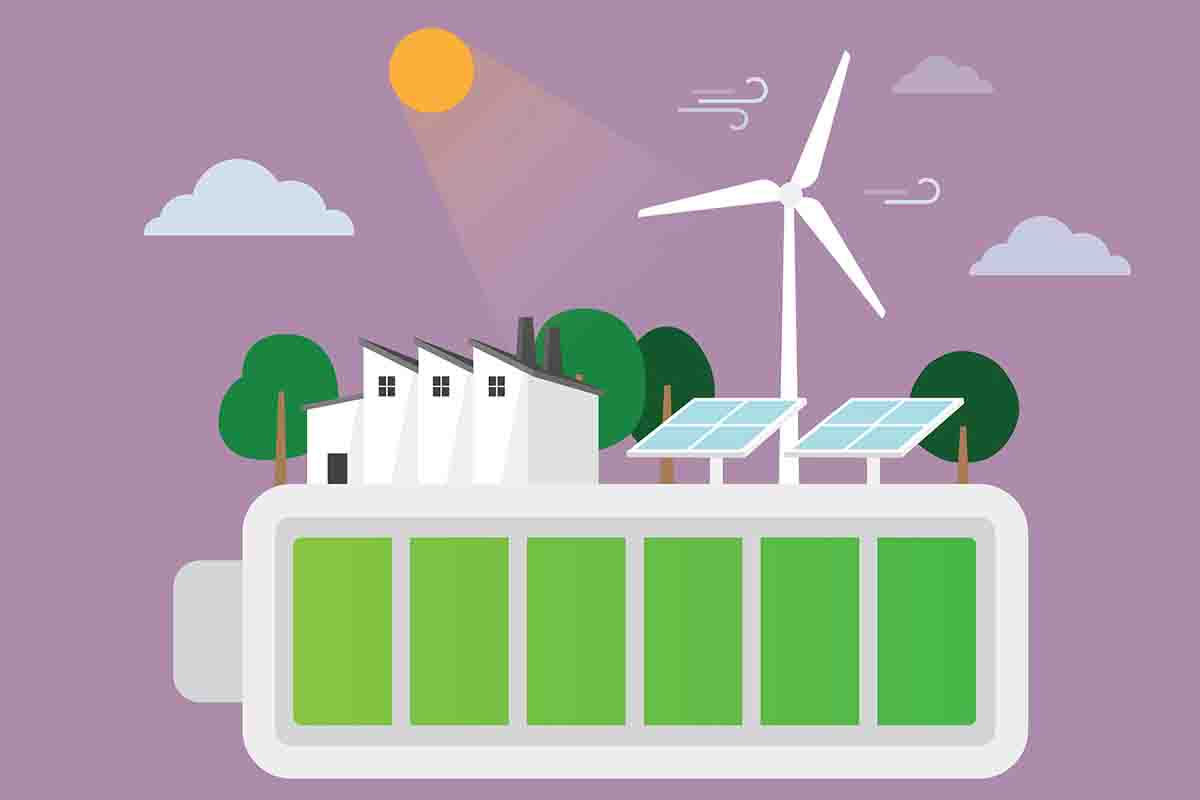A breakthrough Stanford innovation introduces “liquid batteries,” a promising system for storing renewable energy more efficiently

©Stanford University
A team of researchers at Stanford University has developed “liquid batteries“, an innovative solution that promises to overcome the challenges associated with renewable energy. As California and the world move towards cleaner energy sources, this discovery could be key to efficiently storing solar and wind energy.
The challenge of renewable energy storage
Solar energy decreases at night and during winter, while wind energy is variable. As a result, there is still a heavy reliance on natural gas to maintain a constant energy supply. Robert Waymouth, a chemistry professor at Stanford, leads a team exploring an innovative technology for renewable energy storage: liquid organic hydrogen carriers (LOHC).
Hydrogen is already used as a fuel, but it is difficult to contain and transport. The Stanford team is developing a new strategy to convert and store electrical energy in liquid fuels. They have discovered a catalytic system that allows storing electrical energy in a liquid fuel without producing gaseous hydrogen.
Liquid batteries and the future of energy storage
Today, batteries used to store energy for the grid and devices like smartphones and electric vehicles use lithium-ion technology. According to the California Energy Commission, California’s battery storage capacity has increased from 500 megawatts in 2018 to over 10,300 MW in 2024, and it is expected to reach 52,000 MW by 2045. LOHCs can store and release hydrogen using catalysts and high temperatures. In the future, they could function as “liquid batteries,” storing energy and releasing it as fuel or electricity when needed.
Waymouth’s team is studying the use of isopropanol and acetone in hydrogen energy storage and release systems. Isopropanol, a liquid with a high hydrogen density, could be stored or transported until needed as a fuel without emitting carbon dioxide. However, current methods to produce isopropanol with electricity are inefficient. To produce isopropanol, protons and electrons must be converted into hydrogen gas, which a catalyst can then transform into isopropanol. Waymouth explains:
“But we don’t want hydrogen gas in this process. The energy density of hydrogen gas is low. We need a way to produce isopropanol directly from protons and electrons without generating hydrogen gas.”
A new catalytic solution
Daniel Marron, the study’s lead author and a Ph.D. in chemistry at Stanford, found a solution. He developed a catalytic system to combine protons and electrons with acetone to generate isopropanol without producing hydrogen gas, using iridium as a catalyst.
A surprising discovery was the effectiveness of cobaltocene, a cobalt chemical compound. This material, already used as a cost-effective reducing agent, proved extremely efficient in delivering protons and electrons to the iridium catalyst without releasing hydrogen gas.
Cobalt is already widely used in batteries and is in high demand. The Stanford team hopes that the new understanding of cobaltocene’s properties will help develop other catalysts for this process. They are also exploring the use of more abundant and less expensive catalysts, such as iron, to make future LOHC systems more cost-effective and scalable. This fundamental research could lead to significant improvements in energy storage for industrial and energy sectors, as well as for individual solar or wind installations.
Source: Stanford University
